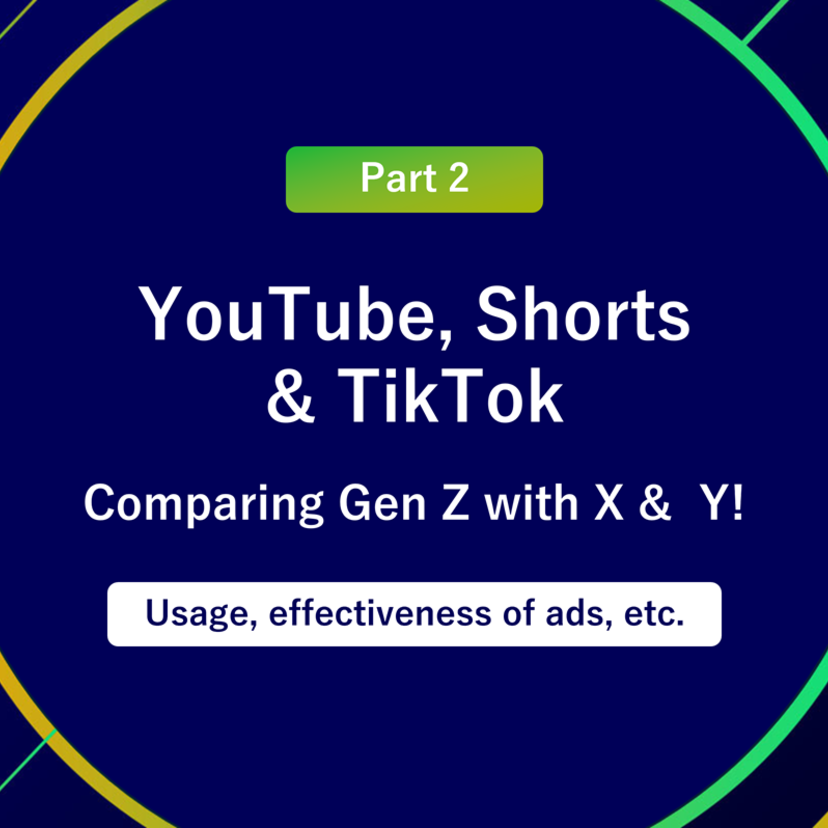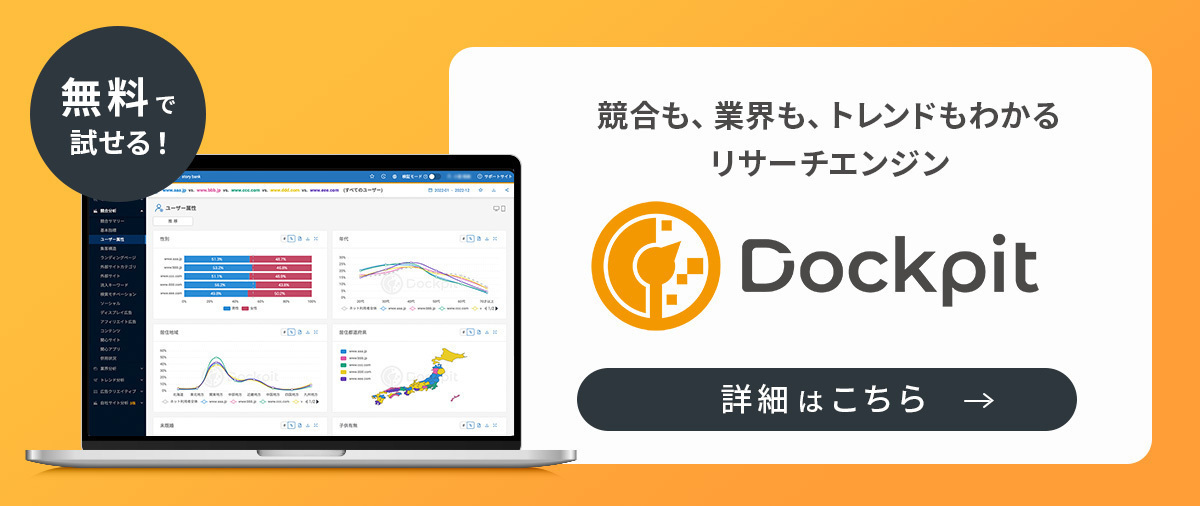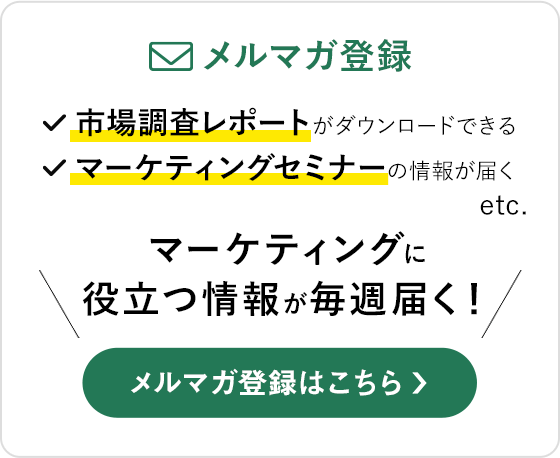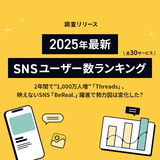Does Gen Z “want to support content creators” and “want to gain empathy and a sense of togetherness”?
We will do an in-depth analysis of YouTube, YouTube Shorts, and TikTok usage, which we surveyed using a questionnaire, with the intent to compare Generations X, Y, and Z, and we will also include thoughts and input from the point-of-view of the writer, who is an actual member of Gen Z. Regarding the definition of the generations, as of December 2023, those ages 15 to 26 are Generation Z, those ages 27 to 41 are Generation Y, and those ages 42 and over are Generation X.
The overall trends of the questionnaire respondents are analyzed in the article below. Please also take a look.
*In the main text, regular YouTube videos that do not include Shorts videos are referred to as “YouTube.”

Compared to YouTube, which has a high usage rate, what is the usage rate of short-form videos, like YouTube Shorts and TikTok? What are their most popular videos, their position in daily life, how are they used? Which leads to purchasing a product? Based on the survey data, we investigated the usage of each medium.

Gen Z has been enjoying videos since their school days and known as one of the first to adopt short-form videos. We’ll analyze how they uses video-format social media and compare with Gen X and Y. This analysis will cover medium usage, popular content, daily integration, purchasing behavior, and awareness.
First, let's compare the usage styles of each media across generations.
Among Gen Z, the following are “Watch[ing] videos from content creators that I always watch or know,” “Subscrib[ing] to (follow[ing]) channels,” “Watch[ing] the video while reading comments,” and “Press[ing] the Like button,” etc.
Regarding “Watch[ing] videos from content creators I always watch or know,” familiar content creators are likely to be chosen as background music to listen to while working or multitasking, and “Immers[ing] yourself in a world that you like.” There may also be a “Oshikatsu” element (“Oshikatsu” are activities that fans do to support their favorite idols, anime characters, etc.). In addition, when it comes to “subscribing to a channel” and “liking” a video, it could be said that they have a strong desire to support their favorite content creators and have less resistance to engaging on social media than older generations.
Regarding “Watch[ing] the video while reading comments,” in addition to “Taipa” (abbreviation for “time performance” and often used to describe behaviors consider the effective use of time) behaviors like reading the comments while watching the video, there are also people who enjoy “a sense of togetherness among viewers who are enjoying the same video together” and seek empathy and “want to find out if other people feel the same way they feel.”

Usage style of each medium (by generation)
Period: December 20-27, 2023
Target: males & females 15 years old & above in Japan (users of each media)
On the other hand, there was a surprising result that there was no big difference in the proportions of people who selected “Skip through the video” and “Playing back in 2x speed” among Generations X, Y, and Z. This kind of “Taipa” behavior seems to be widespread on YouTube and TikTok among people of all generations.
In 2023, when we interviewed university students who from Waseda University's academic club “Marketing Study Group” for a MANAMINA article, they shared the following comment.
Not only are people skipping instead of fast-forwarding through YouTube videos but they are also doing the same for movies watched as VOD and works that are being watched for the first time. If you hover over the content you're watching, you can see what kind of scene it is, so you can skip the battle scenes after the characters have finished their important lines, or the battle scenes that look like something you had seen before.
It would be interesting to see whether this kind of “Taipa” behavior when watching "movies on VOD" is unique to Gen Z.
Comparing Gen Z men and women, we found there is a high percentage of Gen Z women “Watch videos from content creators [they] always watch or know,” “Watch the video while reading comments,” and “Subscribe to (follow) channels.” The desire to support their favorite content creators and the desire to empathize with other viewers is thought to be especially strong among Gen Z women.

Usage style of each media (Gen Z by gender)
Period: December 20-27, 2023
Target: males & females 15 years old & above in Japan (users from each media)
Approximately half of Gen Z women use TikTok to search for restaurants and travel destinations
In order to explore the different uses of YouTube, YouTube Shorts, and TikTok, we asked respondents who answered that they "use" all of the media to choose the media that most closely resembled the description of an impression listed (e.g., Person A feels that the media that has “High quality of content” is YouTube).
First, let's talk about the item “First open when I am bored or on my smartphone.” Many people selected TikTok with over 40% across all generations. Among Gen Z, there was no big difference among Gen Z men at around 30% across all media, but for Gen Z women it was significantly higher at 50% for TikTok.

Image of each medium (by generation)
Period: December 20-27, 2023
Target: males & females 15 years old & above in Japan (users from each media)
TikTok ranks first across all generations for being “Strong in trend-related information.” Gen Z had the highest percentage of respondents on TikTok, in particular, with over 70% of Gen Z women answering that TikTok is the medium that provides the most trend-related information.

Image of each medium (by generation)
Period: December 20-27, 2023
Target: males & females 15 years old & above in Japan (users of each media)
When it comes to the impression that they “Can watch during free time,” more than half of all generations selected TikTok.

Image of each medium (by generation)
Period: December 20-27, 2023
Target: males & females 15 years old & above in Japan (users of each media)
The selections for “Useful for finding restaurants or spots at travel destinations” varied by generation. TikTok had the highest number of respondents among Gen Z, and Gen Z women appeared significant here, too, but among Gen Y, YouTube and TikTok had almost the same percentage, and among Gen X, YouTube had the highest percentage. A characteristic of Gen Z women is that many of them are quick to use TikTok to gather information for planning in their everyday life.

Image of each medium (by generation)
Period: December 20-27, 2023
Target: males & females 15 years old & above in Japan (users of each media)
Lastly, let's talk about “watch[ing] the video while reading comments.” YouTube ranks first among Gen Z, while TikTok ranks first among Gen X. It is interesting to see that while many Gen Z members prefer to watch long-form videos, older generations prefer short-form videos.

Image of each medium (by generation)
Period: December 20-27, 2023
Target: males & females 15 years old & above in Japan (users of each media)
The “Oshi's" livestream on YouTube, "Oshi's" behind-the-scenes on Shorts, “Oshi" fan art on TikTok
Respondents were also asked free-response questions regarding how they use each medium. Next, we will introduce some of the actual comments from Gen Z teenagers.
“If I don't know something, I first look it up on YouTube” (15 years old, male)
“I use TikTok on the bus or train when commuting to school, and YouTube when I’m at home” (15 years old, male)
“I watch YouTube when my favorite YouTubers post. I watch Shorts whenever I want to. I watch videos on TikTok every day.” (15 years old, female)
“I use YouTube when I have time or when I want to relax. I just watch TikTok, and it's always open.” (15 years old, female)
“When I want to watch music or music videos, I use YouTube, when I want to laugh, I watch Shorts, and when I have free time, I use TikTok” (15 years old, female)
“TikTok when I have free time. YouTube when I eat. YouTube Shorts when I go to bed.” (16 years old, female)
“I use YouTube for background music when I have free time or when I'm doing some work. When I see an interesting thumbnail while using YouTube, I will take a quick watch at the Shorts. I use TikTok when I want to watch a celebrity's favorite MAD (a video that is made edited, synthesized, and reconstructed using existing audio, games, images, videos, animations, etc.)" (16 years old, female)
"YouTube for live streaming and official long-form videos. YouTube Shorts for behind-the-scenes of my ‘Oshi’ (“Oshi” refers to one’s “favorite” of something or someone, such as idols, fictional characters, athletes, and objects.).” (17 years old, female)
“I use TikTok to look at fan art made by those who support the same ‘Oshi,’ and YouTube is where I watch videos featuring my ‘Oshi’” (17 years old, female)
You can see that they are conscious of using different media according to their emotion and mood, and that they also use different media for their “Oshikatsu” activities.
For Generation Z, who are sensitive to promotions, what are the effects of social media advertising?
Next, we asked them what actions they had taken based on the information they found on YouTube.
The percentage of respondents who said they “purchased a product after seeing an ad” was less than 10% for all generations, and there was no significant difference between the generations. There was also no significant difference in the number of respondents who “purchased a product promoted in an ad.”
On the other hand, “I purchased a product that was in a video, but not promoted” and “I became a fan of people, characters, products, works, etc. through videos” had higher results among Gen Z. bIf “the content creator is introducing something they really like, regardless of promotion,” it may be more likely to resonate with Gen Z, who are sensitive to promotions. If they are a content creator who they genuinely support, it is possible that they will have a desire to have something similar to the content creator they are a fan of. In addition, it can be seen that among Gen Z, women are more likely to become fans based on videos.

YouTube-based behavior (by generation)
Period: December 20-27, 2023
Target: males & females 15 years old & above in Japan (users of each media)
Gen Z men make the most purchases on YouTube, while Gen Z women make the most purchases on TikTok
So, which media leads to the most purchases?
When we asked people who answered that they use all three media, it was found that the number of purchases were highest in order of YouTube, TikTok, and YouTube Shorts for all generations, but Gen Z men made the most purchases influenced by YouTube, while Gen Z women made the most purchased influenced by TikTok. Similar to the issue of finding spots at travel destinations mentioned earlier, it seems that the connection between TikTok and shopping behaviors is strongest among Gen Z women than other segments.

Media that led to the most product purchases (by generation)
Period: December 20-27, 2023
Target: males & females 15 years old & above in Japan (users of each media)
Gen Z contributes a lot of word-of-mouth and also refers to word-of-mouth
Finally, we asked each generation about their purchasing attitudes.
The percentages among Gen Z that are higher than those of older generations are “I tell people what I think is good” and “I refer to reviews/ratings online (everyday people and not influencers,” “I refer to the information shared by my favorite influencers,” and “I refer to the information shared by people I know, such as family and friends.”
Gen Z seems to be incorporating word-of-mouth information from influencers, general online users, and their own acquaintances in a well-balanced manner and using it as reference when making purchases. Also, because they place such importance on considering word-of-mouth information shared from various perspectives, they also seem to be more active in sharing good information as a way to share their own opinion as well as referring to others’ opinions.

Purchasing awareness of everyday users of each media
Period: December 20-27, 2023
Target: males & females 15 years old & above in Japan
[Overview of the research/analysis]
The survey research was conducted between December 20-27, 2023 (27,519 respondents) targeting VALUES’ consumer panel (males & females 15 years old & above) nationwide rin Japan regarding the use of YouTube, YouTube Shorts, and TikTok.
*The questionnaire is weighted according to population by gender and age and internet usage rate.






















Born and raised in the Bay Area, U.S.A, I was fascinated by the different social and purchasing behaviors between Japanese and American consumers. I studied communication for undergrad and international marketing for my graduate studies. My professional background is in bilingual recruitment and Japanese-English translation.